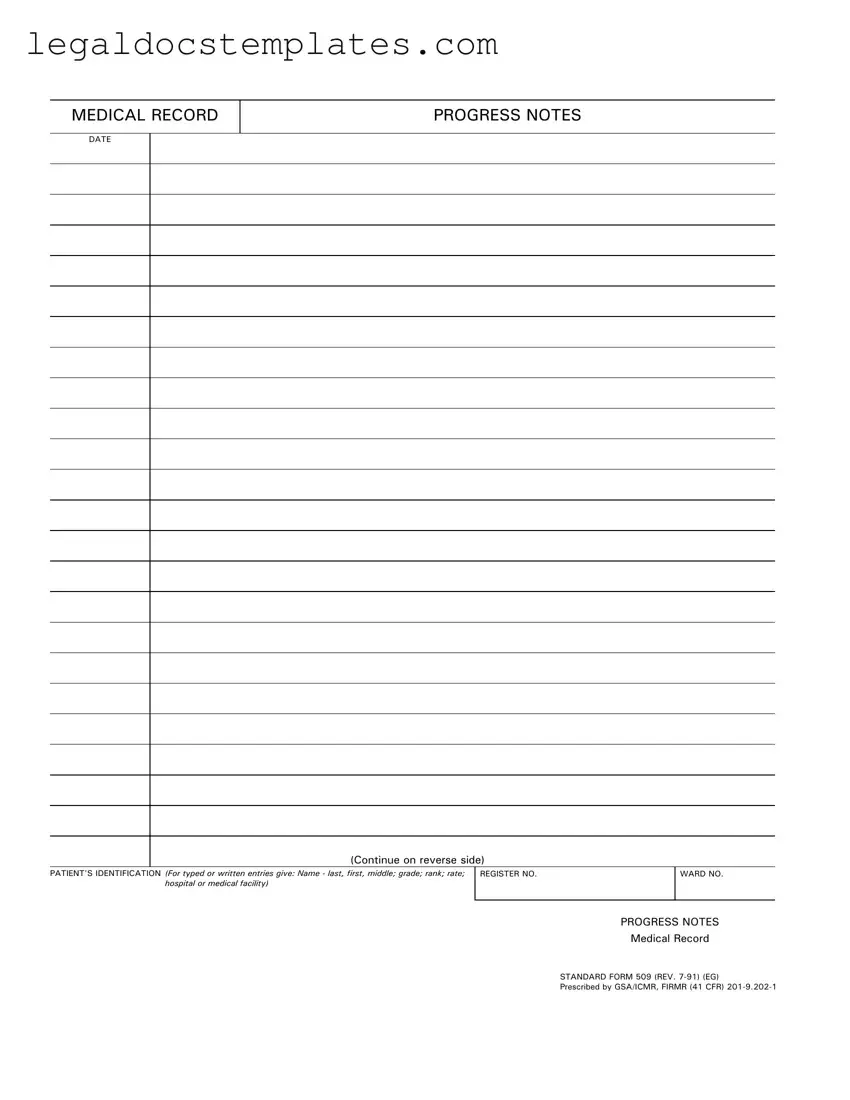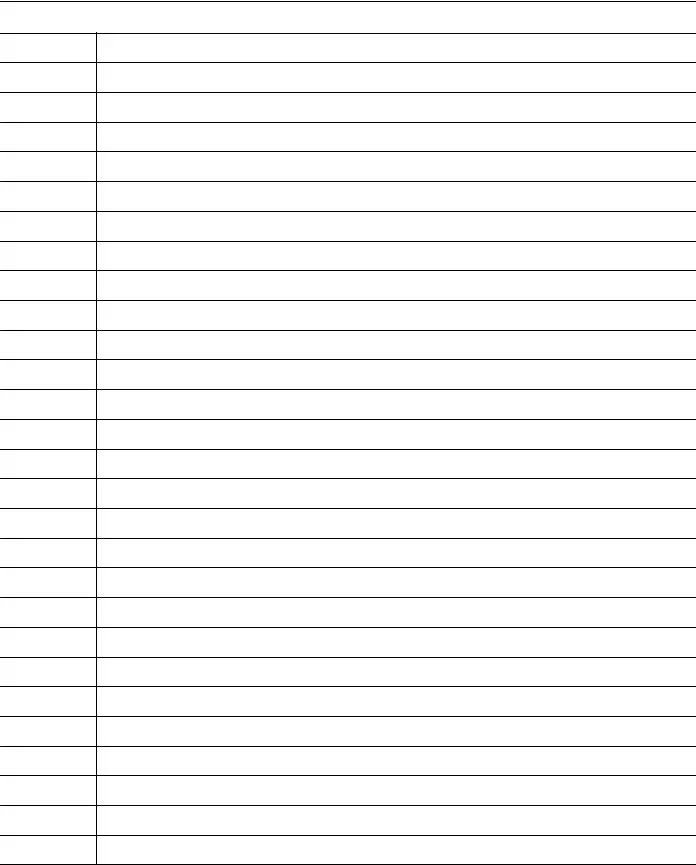The Progress Notes form, used within medical settings to chronicle a patient's care, closely resembles the Patient History Form. Both documents are pivotal in gathering comprehensive patient information but serve slightly different purposes. While Progress Notes are designed for healthcare providers to document ongoing patient evaluations, treatments, and outcomes over time, Patient History Forms are primarily used at the onset of patient intake to capture a baseline of health, previous medical treatments, and significant medical history. Each form, in its own right, plays a crucial role in ensuring continuity and quality of care by providing a detailed narrative of the patient's medical journey.
Similar in function to the Progress Notes form is the Medication Administration Record (MAR). The MAR tracks all medications prescribed and administered to a patient, including the dosages, times, and routes of administration. Like Progress Notes, the MAR is a legal document and integral part of the patient's medical record, offering a chronological account of medical care. However, the MAR specifically focuses on medication management, helping healthcare professionals prevent medication errors, ensure patient safety, and facilitate communication among the care team regarding the patient's medication regimen.
Another document akin to the Progress Notes form is the Nursing Notes form. Both documents are essential for providing detailed accounts of a patient's care and treatment. Yet, Nursing Notes emphasize the observational aspects and interventions made by nurses, including patient responses to treatments, vital signs, and other significant care activities. This focus on the nursing perspective complements the more generalized healthcare overview presented in Progress Notes, together ensuring a holistic view of patient care from multiple healthcare disciplines.
Lastly, the Discharge Summary form shares similarities with the Progress Notes form in its role within the medical documentation process. While the Progress Notes record the day-to-day details of a patient's condition and treatment, the Discharge Summary provides an overview of the patient's hospitalization, including the reason for admission, significant findings, treatment rendered, condition upon discharge, and follow-up plans. Both documents are integral for facilitating seamless care transitions, informing subsequent care providers of important medical information needed to continue effective patient care post-discharge.


